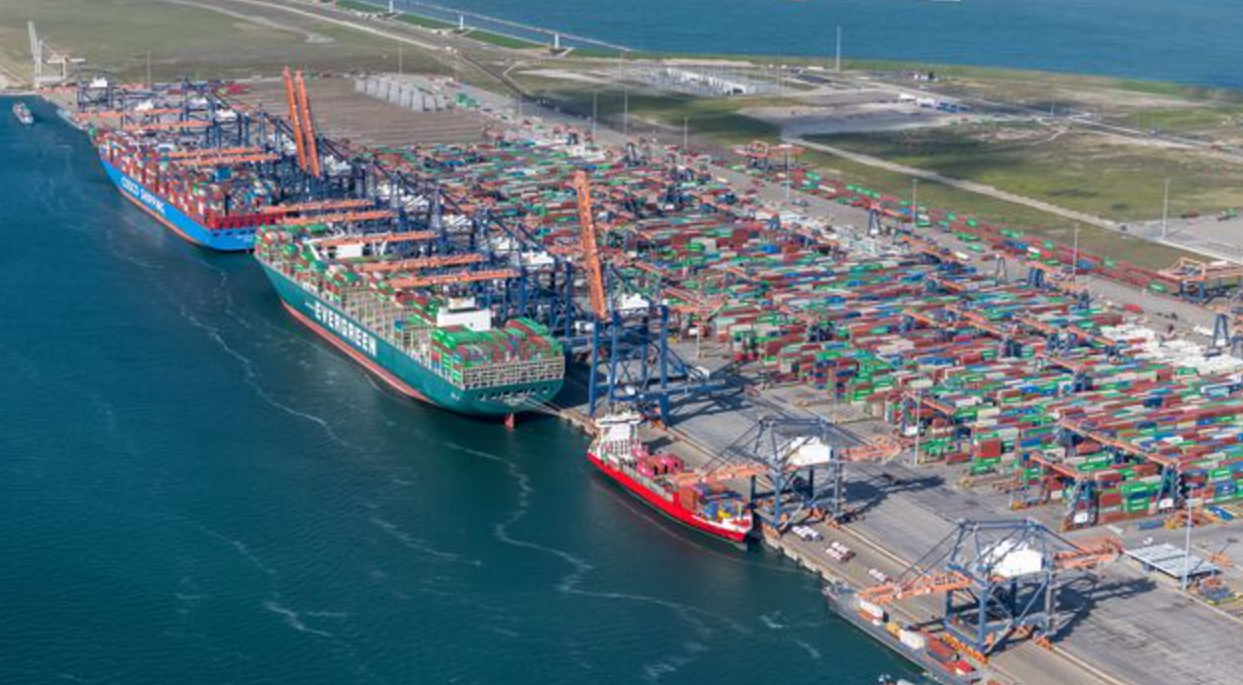
In the first quarter of 2024, the port of Rotterdam witnessed a notable surge in container throughput, signaling potential shifts in global trade dynamics amidst various challenges. Despite an overall 1.4% decrease in total throughput compared to the same period in 2023, container throughput demonstrated resilience with a significant 3.3% uptick. This uptrend offers insights into evolving trade patterns amid economic uncertainties.
Boudewijn Siemons, CEO & Interim COO of the Port of Rotterdam Authority, remarked on the current industrial landscape, noting limited imports of raw materials and subdued demand from sectors such as construction and automotive industries. However, Siemons also highlighted a promising development: the growth in container throughput, suggesting a tentative recovery in world trade, albeit amid lingering global tensions.
Dry Bulk Dynamics
The dry bulk segment experienced a 4.5% decline, primarily attributed to reduced coal throughput due to decreased demand for thermal coal in power generation. However, as German steel production gained momentum, imports of iron ore surged. Despite a distorted 93.7% increase in the “other dry bulk” segment due to correctional factors, overall dry bulk throughput showcased a mixed performance, reflecting the nuanced challenges within energy-intensive sectors.
Liquid Bulk Trends
Liquid bulk throughput dipped by 3.1%, largely influenced by decreased throughput of crude oil and mineral oil products. While refinery margins remained robust, lower demand for oil products impacted overall throughput. Conversely, throughput of LNG continued its upward trajectory, underlining its significance as a natural gas source. However, the broader decline in the “other liquid bulk” segment mirrored ongoing struggles in the processing industry attributed to high energy costs and subdued demand.
Container and Breakbulk Resilience
The container segment’s growth, both in tonnage and TEUs (twenty-foot equivalent units), signifies a positive shift after three years of stagnation. Despite challenges like disruptions in the Red Sea and reduced volume from Asia in the initial months, March witnessed a rebound with increased ship arrivals and recovered volumes from Asia. Notably, feeder traffic from Rotterdam to Mediterranean seaports surged, reflecting evolving shipping routes amidst logistical adjustments.
Conversely, the breakbulk market segment experienced a slight decrease in total throughput, with RoRo (Roll-on/Roll-off) throughput declining by 3.8%. However, other breakbulk categories saw a notable uptick, suggesting varying performance within the breakbulk sector.
Amidst evolving trade dynamics and global uncertainties, the port of Rotterdam’s resilience in container throughput underscores its strategic importance in facilitating international trade. As industries navigate challenges and opportunities, the port remains a vital nexus in the global supply chain landscape, adapting to changing demands and contributing to economic recovery efforts.

